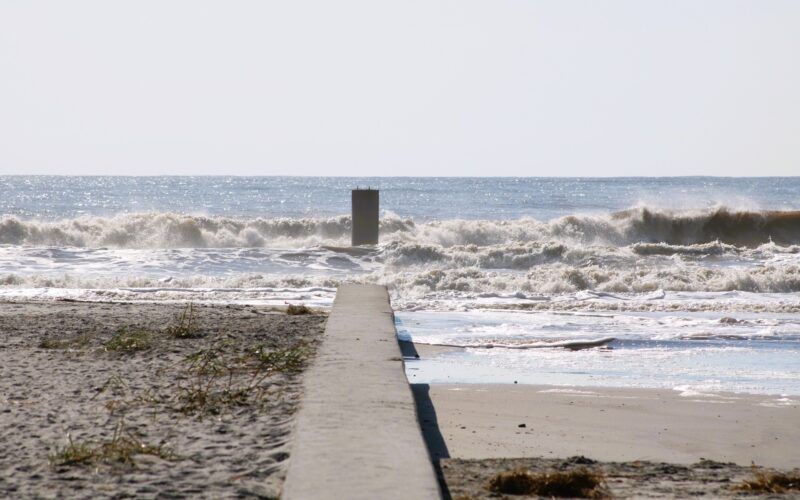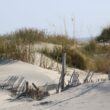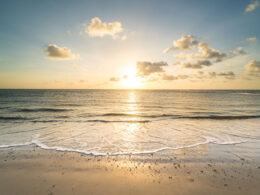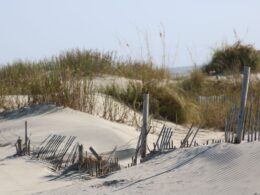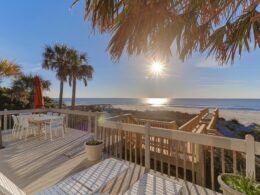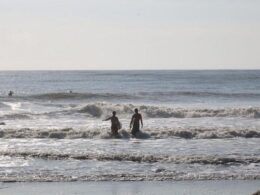If you’ve walked along Folly Beach, you’ve probably noticed the long rock, wood, or concrete structures jutting into the water. These are called groins, and while they may not look glamorous, they play a crucial role in preserving the island we all love.
Groins are a key part of erosion control and coastal protection. Without them, Folly Beach would look very different—and not for the better.
What Are Groins?
A groin is a man-made structure built perpendicular to the shoreline, extending from the beach out into the ocean. Unlike seawalls or jetties that protect against waves directly, groins are designed to trap and hold sand that naturally drifts down the coast due to currents and tides.
By slowing the movement of sand, groins help to:
- Maintain a wider beach for recreation
- Protect homes, businesses, and property near the shoreline
- Reduce the impact of storm surge and erosion
- Support the natural cycle of beach nourishment
Materials and Construction
Groins can be constructed from different materials, each with its own strengths:
- Rock Groins: Built with large granite or limestone boulders, these are highly durable and effective at dissipating wave energy.
- Wooden Groins: Once common along the East Coast, wooden groins are less expensive to build but require more maintenance and don’t last as long.
- Concrete Groins: Like many you see on Folly Beach today, concrete groins provide strong, long-lasting protection against erosion.
The basic design involves driving piles or foundations deep into the sand, then extending the structure outward into the surf zone. The result is a barrier that interrupts the natural flow of sand along the coast, trapping sediment on one side.
Why Groins Matter to Folly Beach
Folly Beach is a barrier island, which means it is constantly shifting and changing due to wind, tides, and storms. While this natural cycle shapes the beauty of the island, it also puts homes, roads, and businesses at risk.
Groins provide several benefits here:
- They help stabilize the beach after nourishment projects (when sand is pumped onto the beach to widen it).
- They protect Center Street and local businesses by slowing erosion.
- They maintain the wide sandy areas that visitors enjoy for swimming, sunbathing, and fishing.
In short, groins are part of what makes Folly Beach a sustainable destination for generations to come.
Challenges and Ongoing Maintenance
While groins are effective, they aren’t a “set it and forget it” solution. They require:
- Ongoing inspections to check for wear and damage
- Adjustments after hurricanes or strong storms
- Partnerships with beach renourishment efforts, since groins work best when paired with fresh sand placement
Folly Beach has seen major beach nourishment projects over the years, and groins are an important companion to those efforts. Together, they form a layered defense against erosion.
Visiting Folly’s Groins
For beachgoers, groins also serve as a reminder of how fragile our coastline is—and how much work goes into keeping it safe. Next time you’re strolling the sand or watching surfers ride the waves near the Washout, take a moment to appreciate the quiet role these structures play.
Protecting Folly Beach for the Future
Groins may not be glamorous, but they are a powerful line of defense for Folly Beach. They keep the beach wide, the island safe, and the Lowcountry lifestyle alive.
By understanding and supporting erosion control efforts, visitors and locals alike help ensure that Folly remains the beloved “Edge of America” for generations to come.






